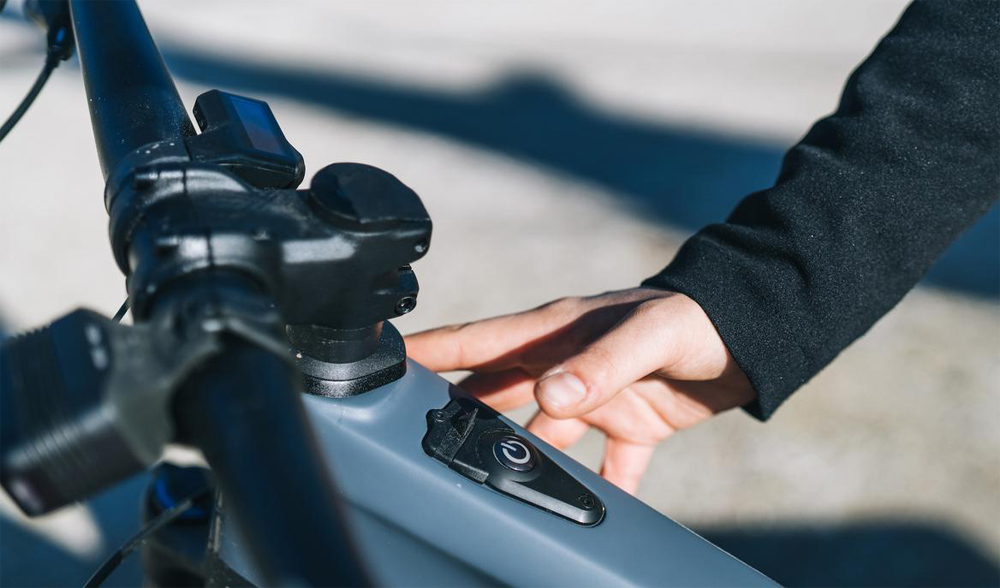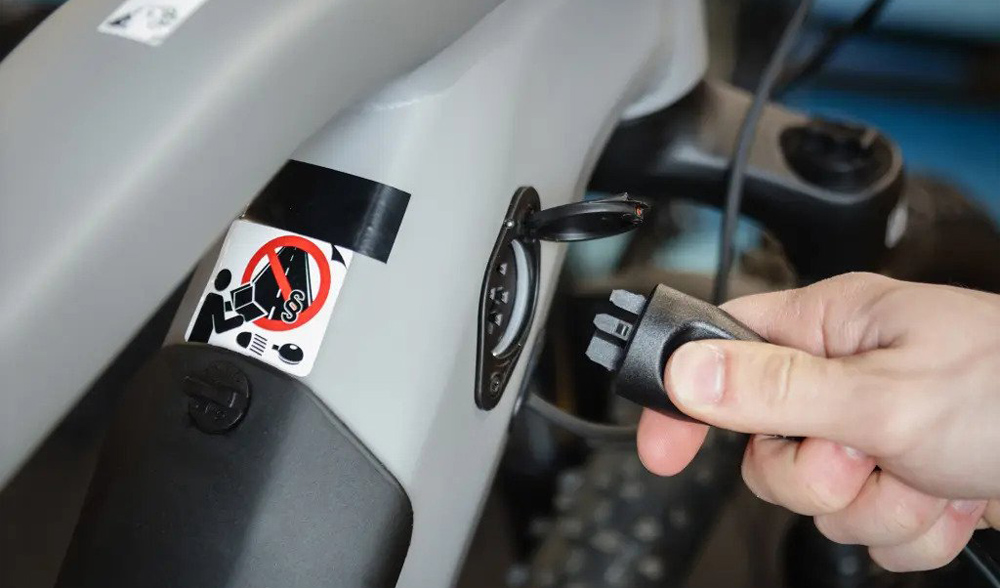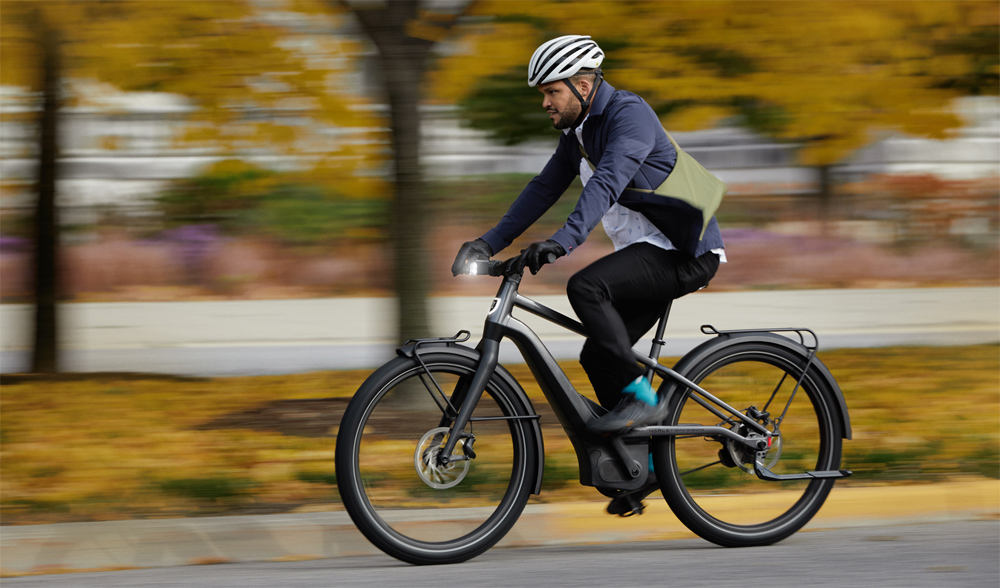Believe you can just connect any random eBike charger to charge your eBike battery? Think again, as it’s not as straightforward as it seems. Using an incorrect eBike charger can potentially damage your battery and pose a fire risk.
In this guide, we explore the process of choosing the appropriate eBike charger and adopting proper charging practices to enhance the longevity of your eBike battery.

Varieties of eBike Chargers
eBike Chargers intended for eBike batteries are not universally compatible. It is crucial to utilize an eBike charger specifically designed for your battery pack to optimize its lifespan and prevent potential fire hazards arising from overheating. eBike batteries typically come in 12-volt increments, ranging from 24v (for smaller bikes) to 36v (for standard bikes) and then 48v-52v for high-powered bikes.
The majority of eBikes fall within the 36v-48v range. Here’s an illustration of pairing the correct battery voltage with the corresponding eBike charger voltage:
- A 36V bike requires a charger that goes up to 42V
- A 48V bike requires a charger that goes up to 54V
When selecting a eBike charger, ensure that the its connection point is compatible with your battery. Some eBike chargers may have a 1-pin or 3-pin connection, for instance.
If you are purchasing an eBike charger online, it’s also essential to confirm that it can be plugged into the power outlet of your home. While many eBikes come with a compatible eBike charger, it’s crucial to understand how to make the correct choice when replacing or acquiring a spare one.
What is the Charging Time for an eBike Battery?
Achieving a full charge for a battery generally requires between 2.5 to 6 hours, varying based on the type of battery charger in use. To determine the charging duration for your bike battery, consider the following example:
Suppose you possess a 48-volt battery with a capacity of 10 amp-hours and a 2-amp charger.
To calculate the charging time, divide the amp-hours of the battery (10) by the amps of the charger (2). In this example, it would take 5 hours to complete the charging process.
10 amp hours / 2 amps = 5 hours
To expedite the battery charging process, opt for an eBike charger with higher amperage. For instance, a 5-amp charger would complete the task in 2 hours (10 amp-hours / 5 amps = 2 hours). However, it’s worth noting that a quicker charge isn’t always advantageous. Charging at a slower rate is more beneficial for the overall health of your battery pack.

Should you keep your bike battery connected to the charger?
We advise against keeping your battery consistently connected to an eBike charger while it is plugged into a power source. Regardless of whether the battery is actively in use or not, it gradually loses small amounts of voltage over time. Charging your battery overnight every night can accelerate wear and tear. Additionally, overcharging can lead to the battery heating up, posing a potential fire hazard.
To enhance the overall lifespan of your battery, consider charging it to 90% instead of 100% each time. You can also extend battery longevity by refraining from topping up the charge after every single ride.
However, it’s important to avoid letting the lithium battery drain completely. Ideally, put it on charge when it’s around 30%. Even if the bike hasn’t been in use, we recommend recharging the battery at least once a month.
Choose a Cool Place to Charge Your Battery
Your eBike battery is sensitive to extreme temperatures, both while riding and charging.
Charging the battery below 0°C or above 40°C is not ideal and can lead to suboptimal charging, potentially shortening the battery’s lifespan. When riding, it’s essential to be aware of the surroundings and choose a parking spot for your eBike that is shaded or cool to prevent the battery from overheating.
Charge Cycles
Most lithium-ion battery manufacturers offer a warranty period typically covering 500 to 1,000 charge cycles. A single charge cycle is defined as charging the battery from 0 to 100%. For example, if you utilize 25% of the battery’s capacity and then recharge it to 100%, you’d need to repeat this process three more times to complete a full charge cycle: 4 x 25 = 100.

As mentioned earlier, it’s advisable to avoid fully draining the battery (0%) or charging it to its maximum capacity (100%) to maximize battery life. Some advanced eBike chargers allow you to limit the charge to 80% – 90%, eliminating the risk of reaching 100%. Alternatively, setting a timer for one to two hours can serve as a reminder to check the charge status.
If you’re planning an all-day ride and need a full battery, it’s recommended to charge it to 100% as close to the ride as possible. This approach minimizes stress on the battery by avoiding prolonged periods of inactivity at full capacity.
Contact Power1986
Should you have any inquiries regarding the right battery for your eBike, welcome to visit Power1986 or feel free to Contact Us, and we’re here to assist!
